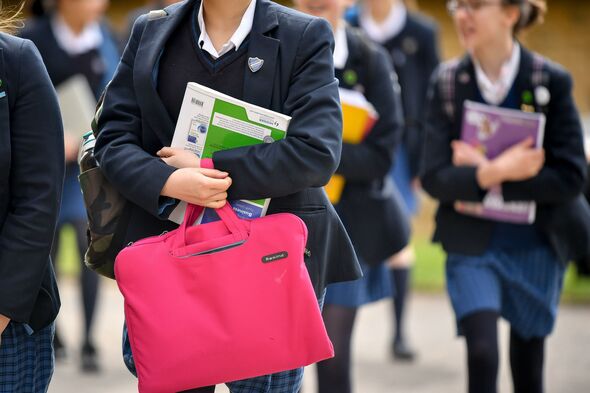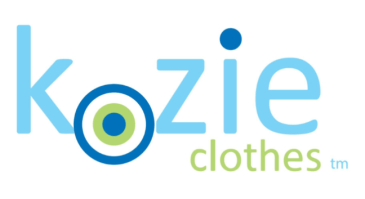The Labour Party’s recent proposal to cap or limit the number of compulsory branded items in school uniforms, intended to ease financial burdens on families, is facing significant backlash amidst warnings that it could paradoxically drive up costs for households across the UK.
While the initiative is ostensibly designed to alleviate financial pressure on families grappling with the ongoing cost of living crisis by making school attire more affordable, critics argue this well-intentioned policy risks backfiring. The core concern revolves around the potential elimination of competitive pricing structures that currently exist within the branded uniform market. By restricting branded options, experts suggest the market could shift towards more expensive generic alternatives or even create new monopolies for non-branded suppliers, thereby undermining the very goal of reducing family budgets for education.
Concerns have been vociferously raised by a diverse array of stakeholders, including prominent educational bodies, parent associations, and uniform suppliers. These groups warn that removing brand requirements might inadvertently lead to a reduction in the quality of available cheaper, unbranded items, forcing parents to replace clothing more frequently. Furthermore, schools themselves face a considerable administrative burden to implement and rigorously monitor such changes, potentially diverting resources from core educational priorities within the existing framework of UK politics.
Beyond the immediate financial implications, practical challenges for parents in sourcing suitable, high-quality alternatives also loom large. A significant practical issue highlighted by critics is the potential undermining of existing second-hand uniform schemes. These invaluable initiatives, often crucial for families navigating the cost of living crisis, frequently rely on branded items for easy identification, quality assurance, and a reliable resale market. Disrupting this established system could force more families to purchase new items, negating any intended savings and exacerbating pressure on family budgets.
The debate surrounding this proposed school uniform policy underscores the intricate balance that government and educational institutions must strike between affordability, quality, and choice, particularly in the context of broader education reform discussions. As the government grapples with efforts to support families amidst persistently rising living costs, the unintended consequences of policies, even those with benevolent aims, require thorough consideration and stakeholder consultation to avoid detrimental outcomes for those they are meant to assist.
Ultimately, the Labour Party’s plan, while aiming to address a pressing concern for many households regarding the financial strain of school attire, has ignited a complex discussion about market dynamics, consumer choice, and the practicalities of implementation. The warnings from various sectors urge a meticulous re-evaluation of the initiative, ensuring that any school uniform policy designed to alleviate financial burdens genuinely serves the best interests of families and avoids inadvertently increasing their expenditure.
Discover more from The Time News
Subscribe to get the latest posts sent to your email.






